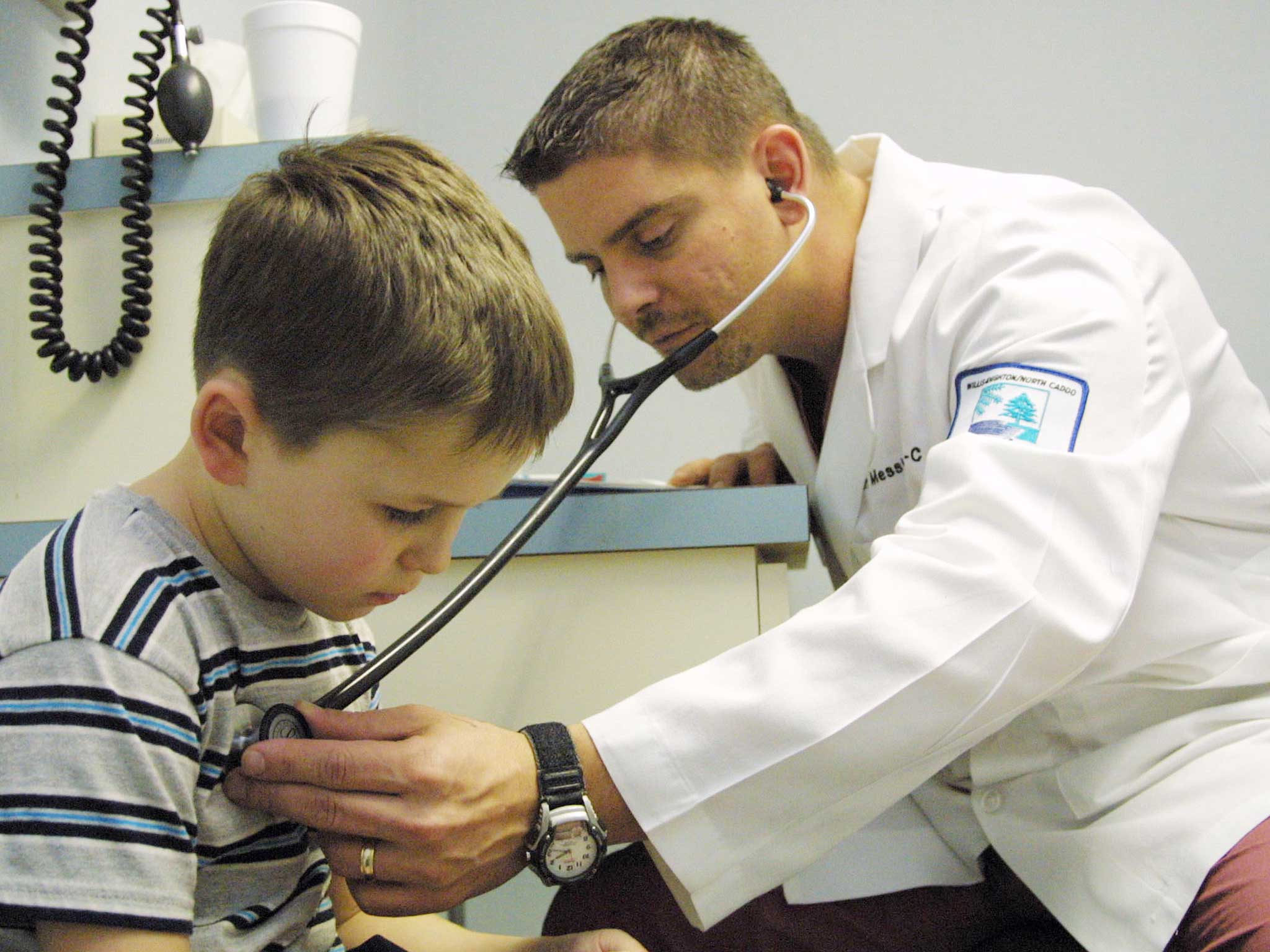One in five child deaths in UK 'preventable' according to new research
Report published by the Lancet found death rate was higher further north and closely linked to poverty

Your support helps us to tell the story
From reproductive rights to climate change to Big Tech, The Independent is on the ground when the story is developing. Whether it's investigating the financials of Elon Musk's pro-Trump PAC or producing our latest documentary, 'The A Word', which shines a light on the American women fighting for reproductive rights, we know how important it is to parse out the facts from the messaging.
At such a critical moment in US history, we need reporters on the ground. Your donation allows us to keep sending journalists to speak to both sides of the story.
The Independent is trusted by Americans across the entire political spectrum. And unlike many other quality news outlets, we choose not to lock Americans out of our reporting and analysis with paywalls. We believe quality journalism should be available to everyone, paid for by those who can afford it.
Your support makes all the difference.One in five child deaths could have been prevented, according to research published in the Lancet today.
Around 5,000 infants, children and adolescents die prematurely in England and Wales every year, although the number is low relative to population size, the reports – published in three parts – stress many were preventable.
Researchers also found child death rates were higher in the north than in south of the country, tending to be higher in the Midlands and the North, and were closely linked to poverty.
The one regional exception was the North East, where death rates were relatively low.
Preventable deaths included accidents, suicide, deliberately-inflicted injury, abuse or neglect, and acute medical conditions.
The president of the Royal College of Paediatrics and Child Health Dr Hilary Cass said: "This is a serious wake-up call for both healthcare professionals and policy makers and we have to act urgently."
One study showed between 2010 and 2011, 20 per cent of deaths of children and teenagers aged 18 and under in England could have been avoided.
Lead researcher Peter Sidebotham, from the University of Warwick, said: "What these variations in mortality tell us is that more could be done to prevent child deaths across all age groups.”
The study exposing regional variations examined data on more than 4,000 infants and children aged 14 and under who died in England and Wales between 2009 and 2011.
For children aged one to four, the number of deaths (per 100,000 of the population) ranged from around 15 in the South East to 23 in the North West.
Among slightly older children, aged five to 14, the rate varied between around eight (per 100,000 again) in the East and South East to 10 in the North West and East Midlands.
Dr Sidebottom added: "It needs to be recognised that many child deaths could be prevented through a combination of changes in long-term political commitment, welfare services to tackle child poverty, and healthcare services.
"Politicians should recognise that child survival is as much linked to socioeconomic policies that reduce inequality as it is to a country's overall gross domestic product and systems of healthcare delivery."
Additional reporting by PA
Join our commenting forum
Join thought-provoking conversations, follow other Independent readers and see their replies
Comments